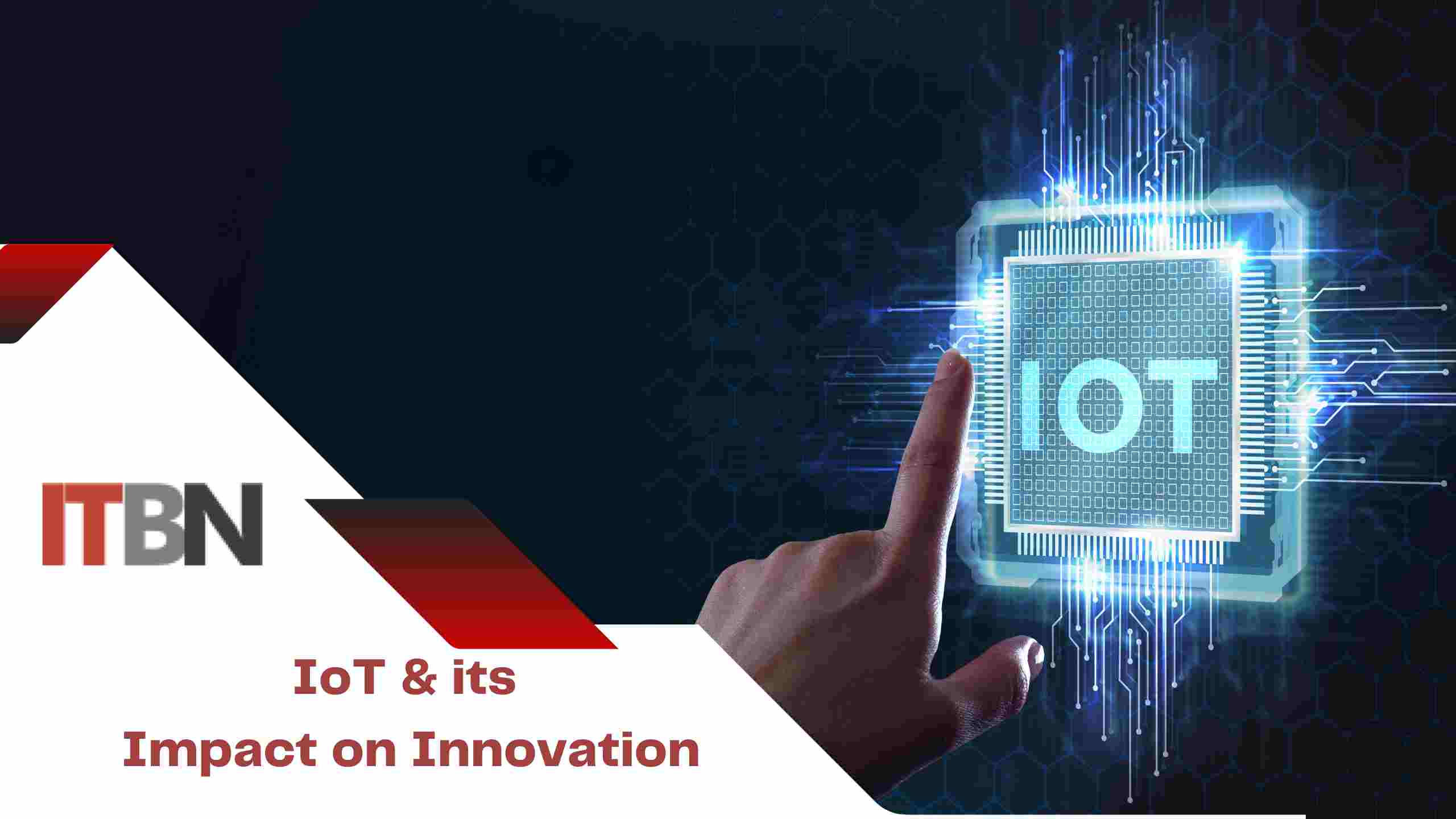IoT & its Impact on Innovation

In recent years, the Internet of Things (IoT) has gained a lot of attention in the technological community. IoT is the term used to describe how physical objects, such as cars, home appliances, and other objects, are connected to the internet so they can communicate and gather data. This connectedness develops a network of gadgets that may converse and take actions based on the information gathered. The Internet of Things (IoT) has a tremendous impact on innovation, and this article examines how IoT is promoting innovation across different industries.
By offering real-time data and insights, IoT helps businesses enhance their goods and services. For instance, IoT devices are utilised in the healthcare sector to remotely monitor patients, giving clinicians access to real-time data on vital signs, medication compliance, and other factors.
Doctors can enhance patient outcomes and deliver more individualised care thanks to this data. IoT sensors are utilised in the manufacturing sector to monitor machinery and foretell when maintenance is necessary, minimising downtime and increasing production effectiveness.
IoT is also promoting innovation in the agricultural sector. IoT sensors are utilised to track soil temperature, moisture content, and nutrient concentrations, giving farmers access to real-time crop status data. With the use of this data, farmers may improve crop yields and cut waste by optimising irrigation, fertilisation, and other farming techniques. IoT is also being utilised to automate processes like planting and harvesting, which requires less manual labour and improves productivity.
IoT is being used in the retail sector to generate more individualised shopping experiences. IoT sensors are used to monitor client activity in retail settings, giving business owners information on the most well-liked products and the most often visited regions of the store.
With the use of this data, farmers may improve crop yields and cut waste by optimising irrigation, fertilisation, and other farming techniques. IoT is also being utilised to automate processes like planting and harvesting, which requires less manual labour and improves productivity.
IoT is being used in the retail sector to generate more individualised shopping experiences. IoT sensors are used to monitor client activity in retail settings, giving business owners information on the most well-liked products and the most often visited regions of the store. With this information, merchants can improve consumer satisfaction and sales by optimising store layouts and product positioning. Retailers are using customer preference data to give targeted discounts and offers as another way to use IoT to develop more personalised marketing efforts.
The Internet of Things (IoT) has an impact on innovation across all industries. IoT is accelerating technological innovation as new platforms and gadgets are created to support IoT connectivity. Smart speakers, wearables, and home automation systems are a few examples of these gadgets. IoT platforms give organisations and developers the resources they need to connect devices, gather and analyse data, and create new services and apps.
Despite the IoT’s tremendous influence on innovation, there are obstacles to IoT adoption. Security and privacy of data provide one of the main difficulties. There is a chance of data breaches and unauthorised access because there are so many devices gathering and transmitting data. To protect sensitive data, everyone must make sure they have strong security procedures in place.
Interoperability is a must for IoT adoption, which presents another difficulty. It can be difficult to make sure that all of the available platforms and devices are compatible with one another. This may lead to problems with data gathering and analysis, which would decrease the efficiency of IoT systems.
Innovation in a wide range of sectors, including healthcare, manufacturing, agriculture, and retail, is being driven by the Internet of Things. Businesses can now gather and analyse real-time data thanks to IoT, which offers insights that can be used to enhance goods and services. IoT is also changing how we work and live, making cities and houses smarter and more effective. Notwithstanding the obstacles to IoT adoption, there are tremendous potential benefits, thus organisations must continue to engage in IoT.
Stay ahead with ITBusinessNews – Your trusted source for Technology and Business news. Fast & Precise




